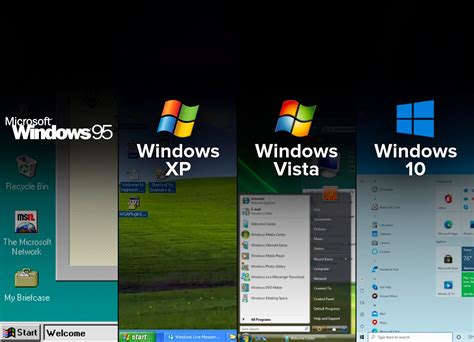The journey of Windows installers from the rudimentary setups of early versions to the sophisticated systems of today mirrors not just technological progression but a change in user interface philosophy and hardware requirements. Early Windows installers, such as those for Windows 98, were predominantly text-based and functioned within a limited graphical environment. They required minimal system resources, aligning with the hardware limitations of the time. This methodical and straightforward approach catered to the era’s technical constraints and user expectations, which prioritized functionality over aesthetics.
As Windows NT and its successors rolled out, the installers evolved to support a broader range of hardware and introduced more complex graphical user interfaces. The shift towards the NT architecture marked a significant transformation in the setup experience, integrating more robust and secure systems that catered to both enterprise and consumer needs. The textual phase of these installers served to lay down a minimal operating system, which was then built upon with more visually intensive graphical phases. This not only improved usability but also aligned with advancements in computer graphics and user interface design.
The introduction of the Windows Preinstallation Environment (WinPE) with Windows XP streamlined the installation process further, leveraging a lightweight version of Windows that could run entirely from memory. This innovation provided a more stable platform for installations, aiding in everything from simple upgrades to comprehensive system deployments. The ability to handle installations over a network or from a USB drive without full OS functionality marked a substantial leap in deployment flexibility and efficiency, catering to a wider range of scenarios and drastically reducing the completion time of installations.
Over time, the aesthetic elements of Windows installers have also seen significant changes, reflecting broader trends in software design. The transformation from the classic aesthetic of Windows 98 and 2000 to the more contemporary look of Windows XP and beyond illustrates a shift towards integrating user-friendly designs that are both functional and pleasing to the eye. These changes not only enhanced user engagement during the installation process but also mirrored the evolution of consumer expectations, who now demanded richer visual feedback and intuitive interfaces.
Despite these advancements in user interface and technological capabilities, a sense of nostalgia persists among users for the simplicity and reliability of older systems. This sentimental value is often expressed in discussions where users reminisce about the stability and straightforwardness of past Windows versions like Windows 2000, which are perceived to be less resource-intensive and more user-centric. This nostalgia also highlights a critical view of modern versions, which, while feature-rich, often come with increased system demands and complexity that can detract from user satisfaction. Thus, the evolution of Windows installers not only demonstrates technological advancement but also reflects a dialogue between past user experiences and present-day technological capabilities.


Leave a Reply